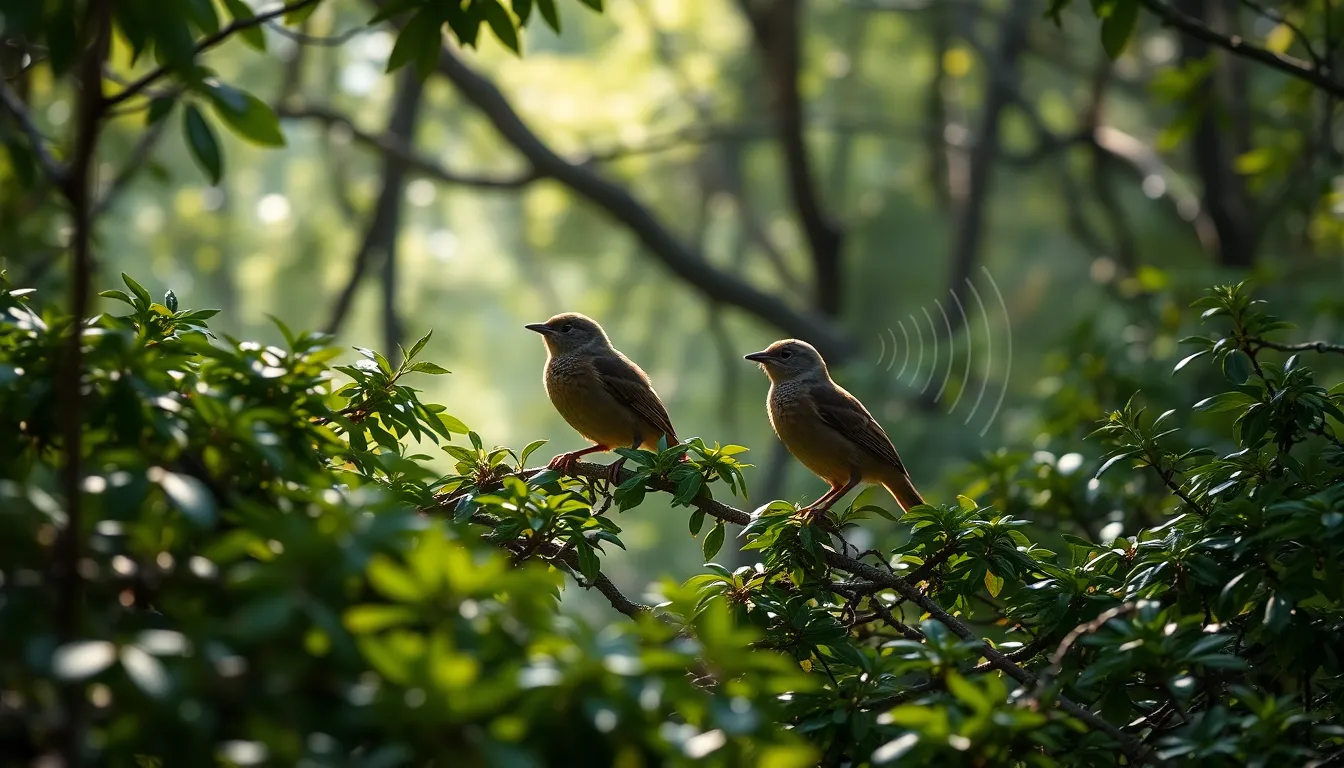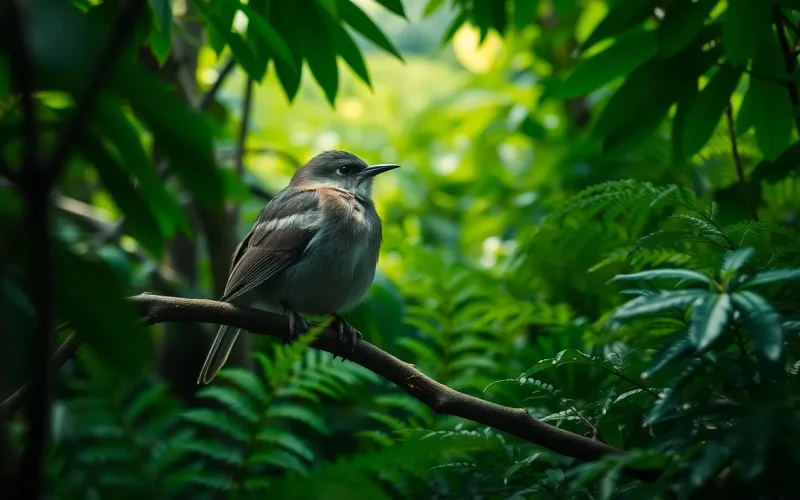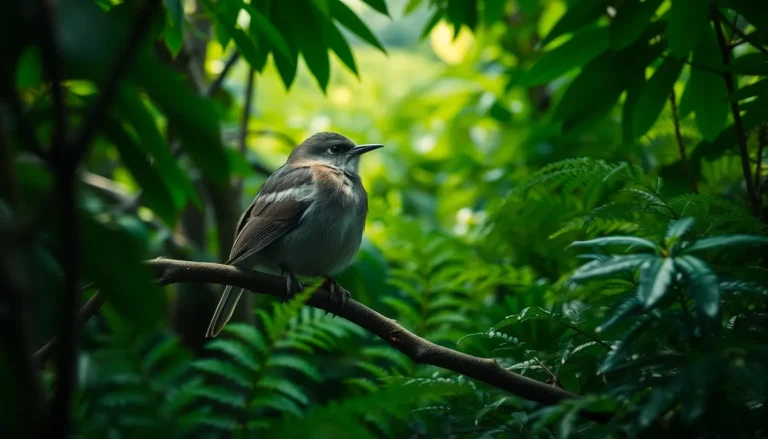Table of Contents
ToggleRinaculas might not roll off the tongue, but don’t let the name fool you. These fascinating creatures are more than just a mouthful: they’re an integral part of the ecosystem that often goes unnoticed. Think of them as nature’s best-kept secret, waiting patiently for someone to discover their charm. With quirks galore and an importance that stretches beyond what meets the eye, Rinaculas deserve a spotlight. So grab your metaphorical magnifying glass, and let’s jump into the world of these remarkable beings.
What Are Rinaculas?

Rinaculas, belonging to the family Rhinocryptidae, are a group of passerine birds native to the southern regions of South America. These species are quite elusive, often thriving in dense, shrubby habitats. Unlike their colorful avian cousins, Rinaculas flaunt a more subtle palette with muted earth tones that allow them to blend seamlessly into their surroundings. They are known for their complex vocalizations, which are used for communication and territory defense. Each species has its unique song, akin to a hallmark of their identity, resonating through the underbrush and providing hints to both predators and inquisitive birdwatchers alike.
Habitat and Distribution
Preferring the hidden nooks of dense forests and brushy terrains, Rinaculas are mostly found in the temperate and tropical regions of South America. They thrive in conditions where thick undergrowth and dense vegetation provide both shelter and food. Countries like Argentina, Chile, and parts of Brazil are home to various species. These birds are quite adaptable but are particularly sensitive to environmental changes. Their habitats are often susceptible to deforestation and human encroachment, which threatens their existence.
Physical Characteristics of Rinaculas
When it comes to appearance, Rinaculas are somewhat understated yet undeniably charming. Generally, they have stout bodies with short tails and rounded wings. Their feathers often feature soft browns, blacks, and grays, creating perfect camouflage against the forest floor. Depending on the species, they can range from about 20 to 30 centimeters in length, with variations in size and coloration that hint at their adaptability to different environments. Their beaks are typically short and robust, perfectly designed for foraging through leaf litter for insects and seeds.
Behavior and Diet
Rinaculas have a rather secretive nature. They tend to remain hidden within the underbrush, making them difficult to spot even for seasoned birdwatchers. These birds are primarily terrestrial, often seen foraging on the ground for insects, fruits, and seeds. Their diet can vary based on the habitat and availability of resources, but they have a particular passion for ants and beetles. During the day, they engage in sporadic foraging, punctuated by short bursts of activity, followed by periods of stillness, keeping a wary eye out for any potential predators.
Reproduction and Lifespan
The reproductive habits of Rinaculas are as intricate as their songs. During mating season, males produce a series of calls to attract females, often engaging in elaborate displays that showcase their fitness. After breeding, the female constructs her nest, usually low to the ground, using grass and leaves for insulation. While clutch sizes can vary, most typically lay between two to four eggs, which both parents help to incubate. The chicks fledge within a few weeks. Lifespan can differ amongst species, but on average, Rinaculas can live around five to eight years in the wild, with some cases reported living longer under optimal conditions.
Conservation Status
Currently, several Rinaculas species face varying degrees of threat. Habitat loss due to deforestation and agricultural expansion has significantly impacted their populations. According to the International Union for Conservation of Nature (IUCN), some species are classified as Near Threatened, while others hold the dubious title of Vulnerable. Conservation efforts are imperative to ensure these birds continue to flourish in their natural habitats. Initiatives aimed at habitat restoration and protection are vital in creating safe environments where Rinaculas can thrive.
Interesting Facts About Rinaculas
Did you know that Rinaculas are sometimes referred to as “tapaculos”? This term stems from their distinct call, which resembles a tapping sound. Some cultures regard them as symbols of luck or protectors of the forest. Also, even though their shyness, these birds are critical bioindicators, meaning their presence indicates a healthy ecosystem. Enthusiasts often embark on birdwatching excursions specifically to catch a glimpse of these elusive beings donning their subtle, earthy attires.





